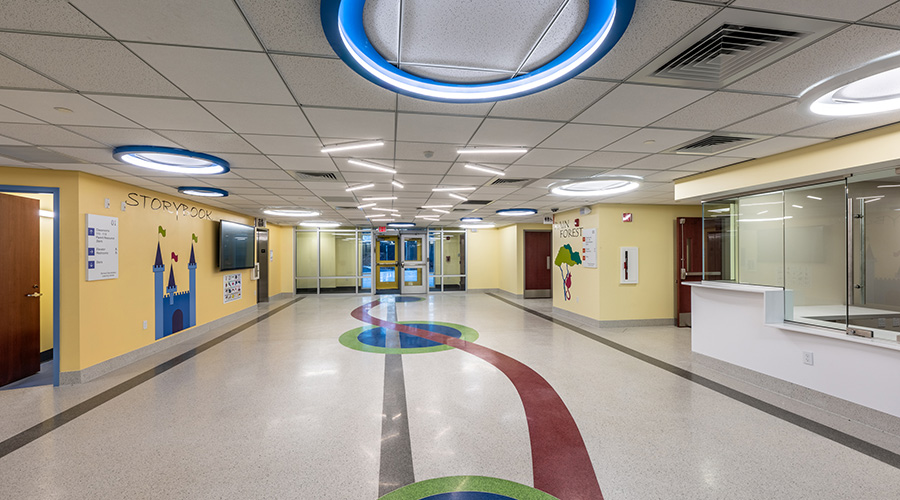WELL Building Standard Promotes Student Achievement, Health
Using WELL in educational facilities means buildings will promote maximum health — mentally, environmentally, and socially.
The WELL Building Standard offers an educational facility pilot program. Originally structured around commercial and institutional projects, this rating system is based on certifying performance in relation to features of the built environment, specifically those impacting human health and wellbeing through air, water, nourishment, light, fitness, comfort, and mind. WELL-certified organizations have seen extensive workplace health improvements and returns, but when considering the long-term benefits, our learning institutions make a perfect fit.
The educational facility pilot focuses on the importance of designing and constructing school environments for maximum health — mentally, environmentally, and socially. There are currently 10 WELL education projects in progress around the world. In addition to modifying the requirements of the basic WELL features, the education facility pilot also outlines new preconditions and optimizations specific to this building and occupant type.
A few features seen across the projects within this pilot are working to improve the standard ‘mystery meat’ menu, providing guidelines for student nourishment and strategic dining design. They require regulation of type of food and drink prepared or provided in the cafeteria in order to support healthy eating habits and encourage mindful choices over convenience. Other features cover physical activity, with simple stipulations such as safe routes to school, sufficient outdoor lighting, and adequate play equipment. Additionally, this pilot focuses on mind and comfort, suggesting optimizations that minimize classroom disruptions and promote student achievement. This includes reduction of footfall noise, improvement of acoustics, and reasonably managing class sizes to teacher capacities.
Related Topics:














